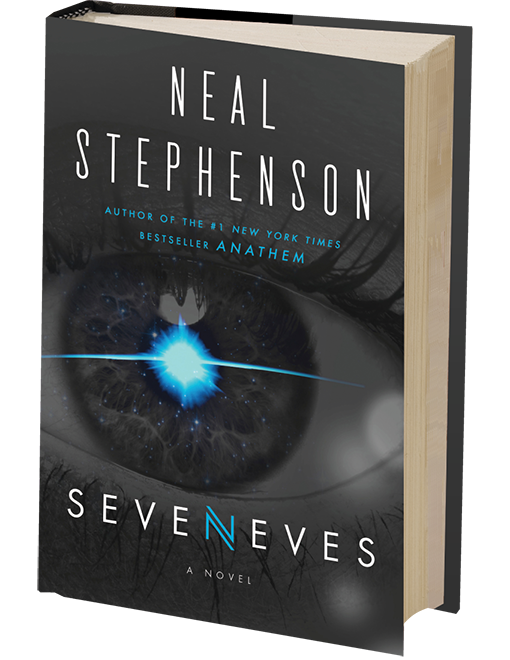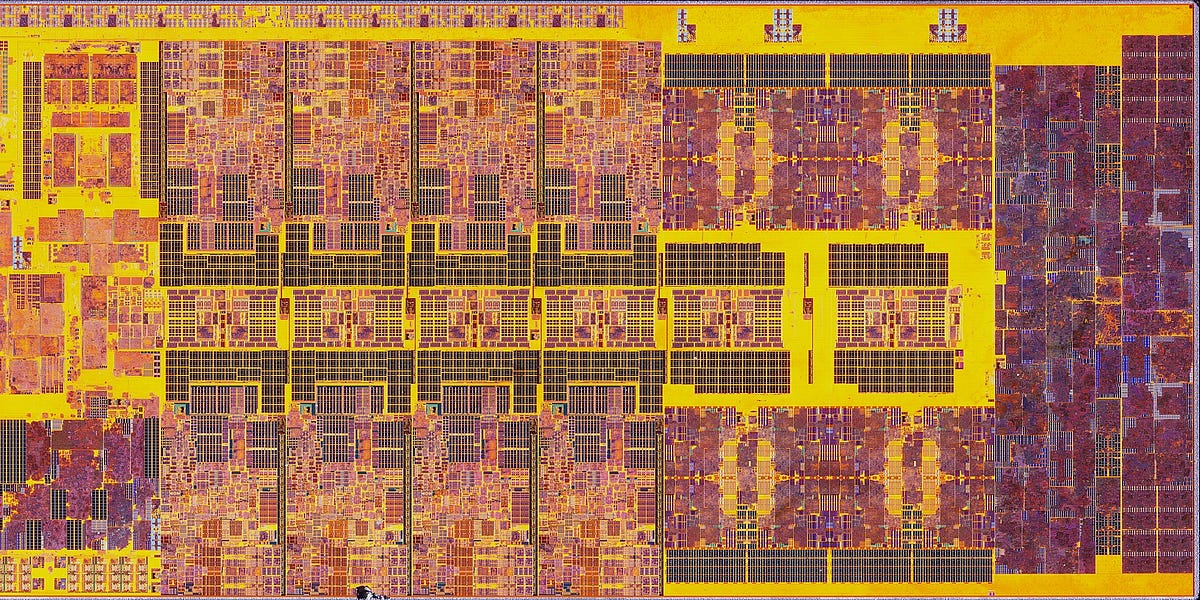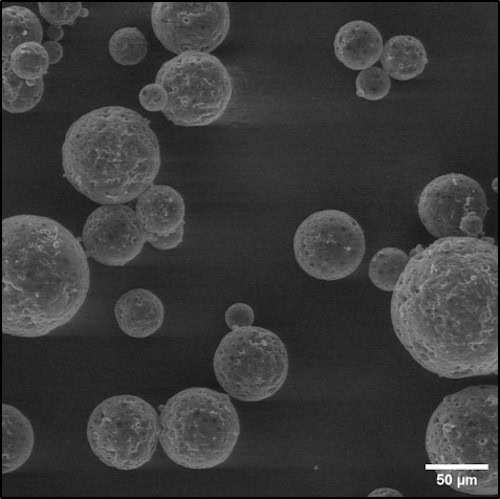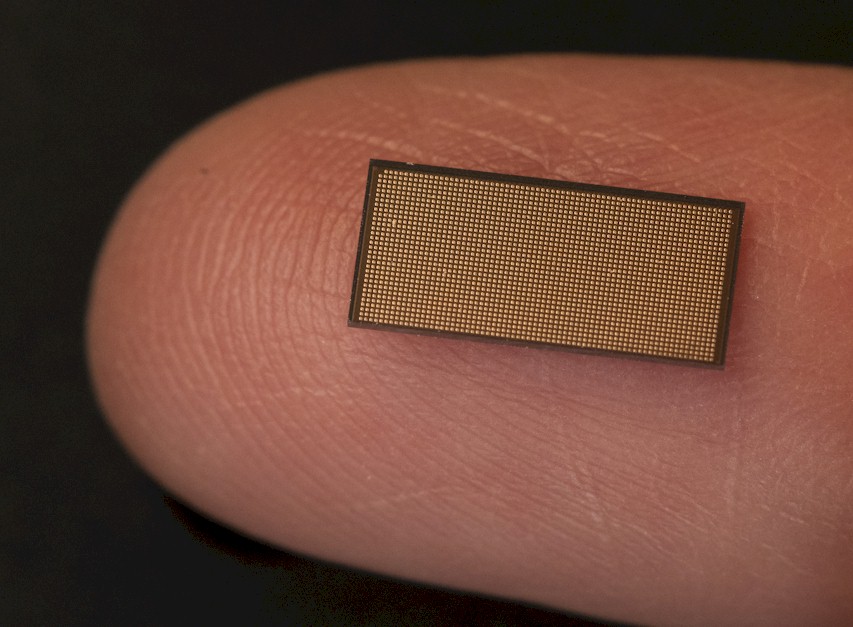
The Distant Executioner
“Kill brass”: That’s the term for the spent cartridge of a sniper’s bullet. Russ Crane, seen here at a hotel in Egypt, where his unit was training, is a military sniper who has served in Afghanistan and Iraq. Photograph by Shawn Baldwin.
Outside of Austin, Texas, where the farming begins in earnest, the land turns suddenly to the deepest sort of country, with no hint of the city that stands nearby. Russ Crane prefers it that way. Crane is not his real name. He wants to remain obscure. He is an experienced military sniper, a serious man in a serious profession that, however, excites a fringe of pretenders and psychopaths. He knows those people are out there. They inhabit gun shows, firing ranges, and war-porn recesses of the Internet; they have a poor idea of how real snipers do their work, or of its effect upon their lives. Crane does not want those people anywhere near. He lives in the country with his wife and home-schooled daughter in a rented stone house surrounded by fields. He does not like Austin. He has never been seduced by any city. He is a quiet, unassuming man with a gray mustache, at age 47 a master sergeant in the Texas Army National Guard, where he currently serves full-time as the master gunner of an infantry division, in charge of, among other things, combat marksmanship training. He is somewhat short. He is somewhat stocky. He wears glasses. When not in uniform, he wears shorts, T-shirts, and a baseball cap which, country-style, he removes only to sleep and to shower. Underneath it he has a military haircut, shaved up the sides and a little longer on top. But he does not look like a warrior, and warriors often do not. He made that point to me not about himself but about a fat and clownish soldier who had fought resolutely beside him in a number of battles. The first was a ferocious ambush in Afghanistan on a road that offered no cover. In the midst of it Crane saw this soldier put down his weapon and coolly help himself to a pinch of chewing tobacco before calmly resuming the fight. Crane said, “You never know it about someone. You can’t tell it in advance. The guys with the badges and the strut, a lot of times they’re gonna be hiding.” He seemed to have a certain Special Forces team in mind.
Crane dips, too, with a pinch of Copenhagen when he’s in the mood. He speaks with a light drawl. He got his first rifle when he was 13. It was a .22. Now his idea of a good time is to load the family into his double-cab, four-wheel-drive, diesel-powered Ford F-350 pickup truck and drive all the way to Arizona to stalk wild game. His idea of a good retirement is to disappear into paradise in Wyoming or Montana for the hunting. When, in 2008, he came to this part of Texas to take the job at the division’s headquarters—having returned from war in Afghanistan, having returned from war in Iraq—it did not escape his notice that the stone walls of the rental house are stout, or that the house is set 500 meters back from the road at the end of a single dirt track: one way in, the same way out. The setup allows clear views of anyone approaching and, incidentally, provides for clear fields of fire. A meter is about a yard. Five hundred meters is about the distance of five Texas high-school football fields laid end to end. It is beyond the range of accurate shooting with a standard-issue assault rifle such as the M16 or the shorter-barreled M4 carbine, but it is well within the range of accurate shooting with high-quality bolt-action or semi-automatic rifles equipped with telescopic sights. Such rifles are civilian hunting rifles or military sniper rifles—they’re nearly the same thing. Inside his house Crane has several of them propped casually against the walls by the doors. Not that he expects to be attacked. The rifles are there as an ordinary part of life. For instance, when he sees coyotes lurking in the back pasture, he shoots them. Coyotes are smart. They have learned that the local farmers, when gunning for them, will miss their shots at ranges beyond about 200 meters, and so in daylight they maintain a greater distance from the farmhouses and barns. It doesn’t help them here. After Crane kills them he bags them and throws them in the trash.





















